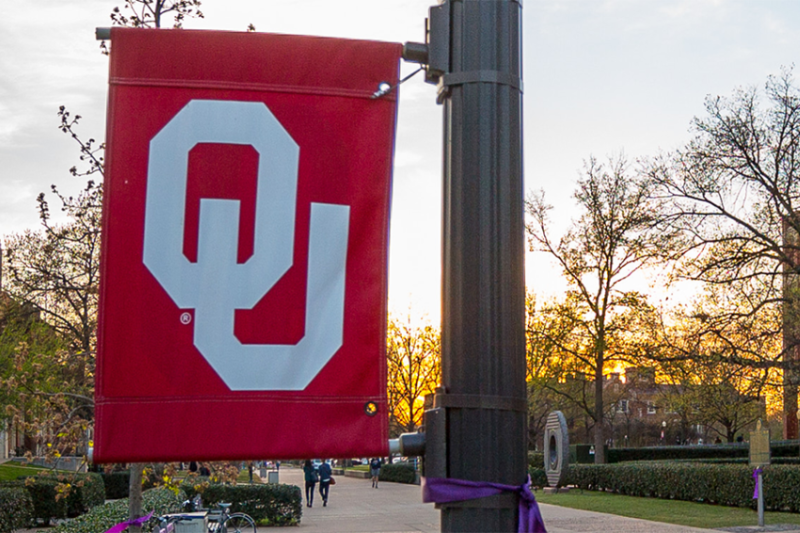The University of Oklahoma’s Mewbourne College of Earth and Energy, along with Los Alamos National Laboratory and industry partners, received a $18.7-million grant, the largest grant in college history, from the US Department of Energy (DOE) to develop the Oklahoma Carbon Hub.
The initiative will investigate the feasibility of storing 54 million metric tons of CO₂ underground over 20 years at three sites in Oklahoma’s Kay and Osage counties. These storage sites could help capture CO₂ from point sources like the CVR Fertilizer Plant, Azure Sustainable Aviation Fuel Production Facility, and Heimdal Direct Air Capture Units on the Osage Reservation.
The project involves detailed geological studies, targeting the Arbuckle Group, a rock layer with favorable characteristics for long-term CO₂ storage. The Arbuckle’s high-porosity rock is overlaid by low-permeability formations, which would act as a seal to contain the CO₂. Researchers aim to drill wells to collect rock cores and analyze pore spaces for optimal injection sites.
This work is part of the DOE’s CarbonSAFE initiative, marking Oklahoma’s first CarbonSAFE project, aimed at advancing CO₂ storage solutions to combat climate change.
“This is a multidisciplinary collaboration between the three units [in the College],” said Matthew Pranter, director of the OU School of Geosciences and Eberly Family Chair. “We have experts in the School of Geosciences, the Mewbourne School of Petroleum and Geological Engineering and the Oklahoma Geological Survey involved.”


